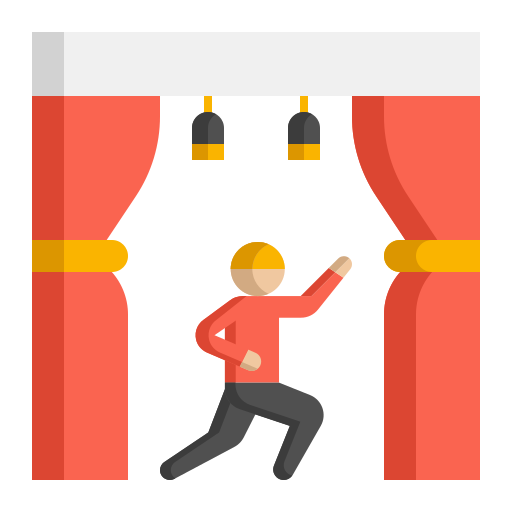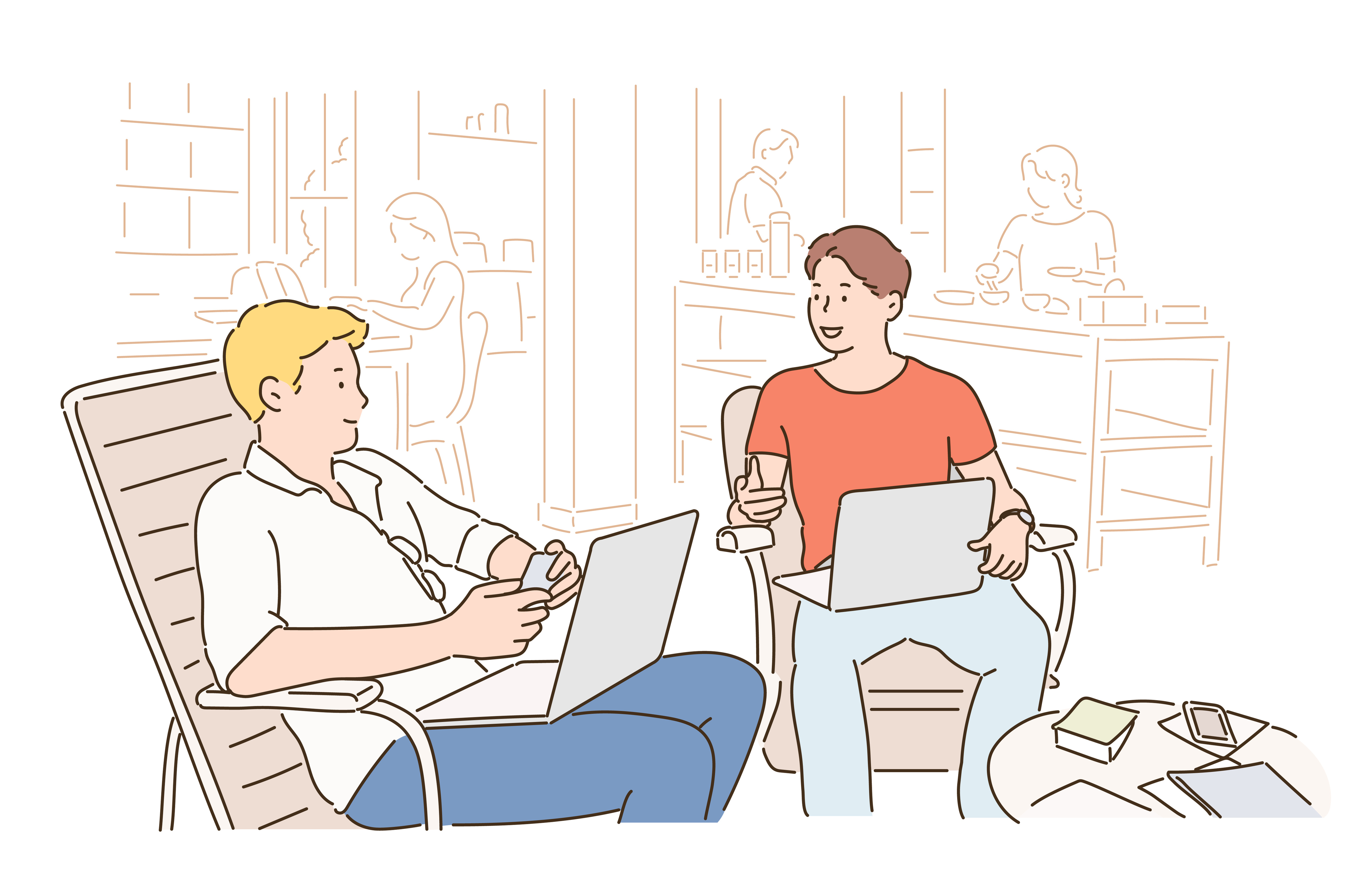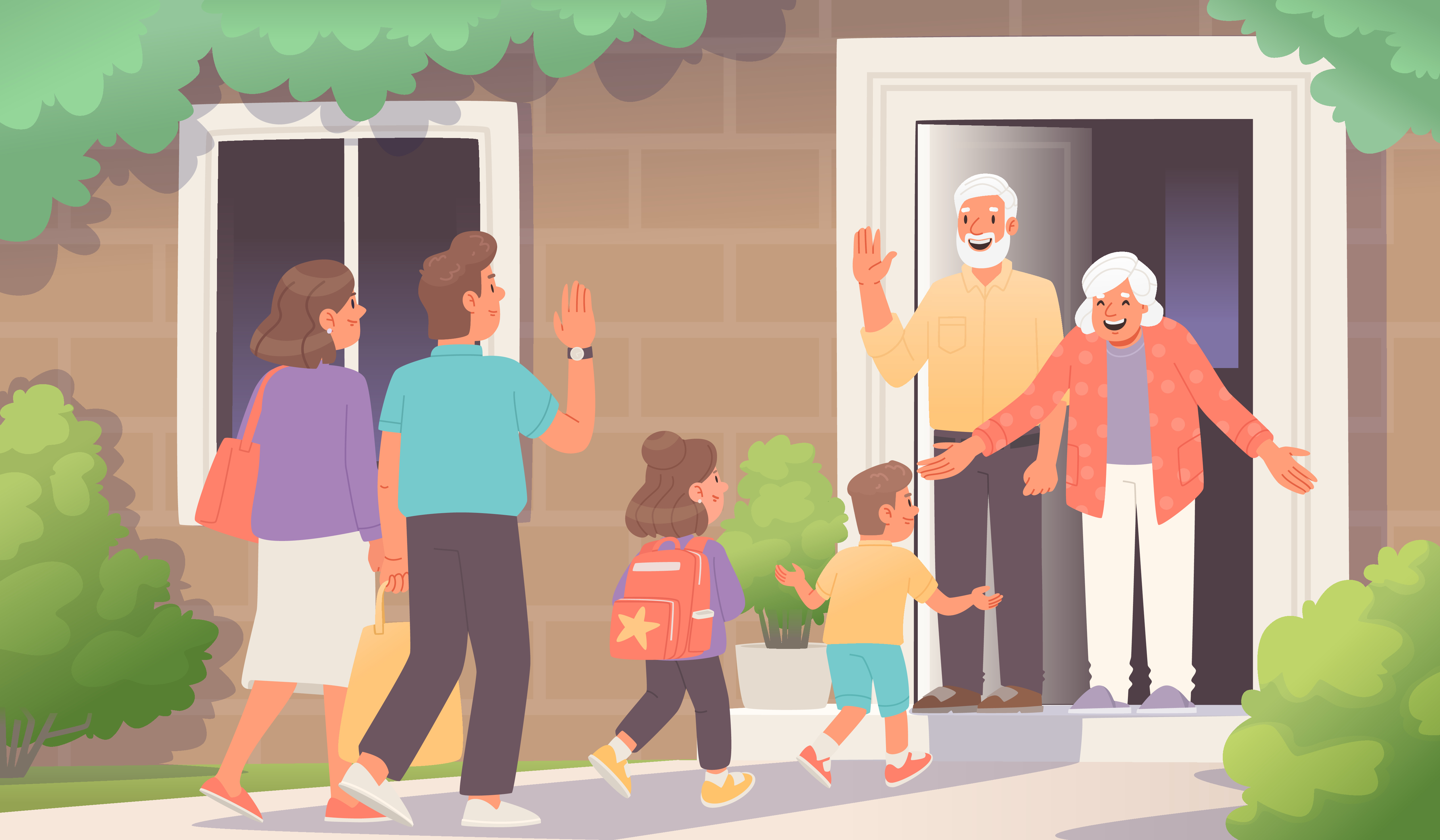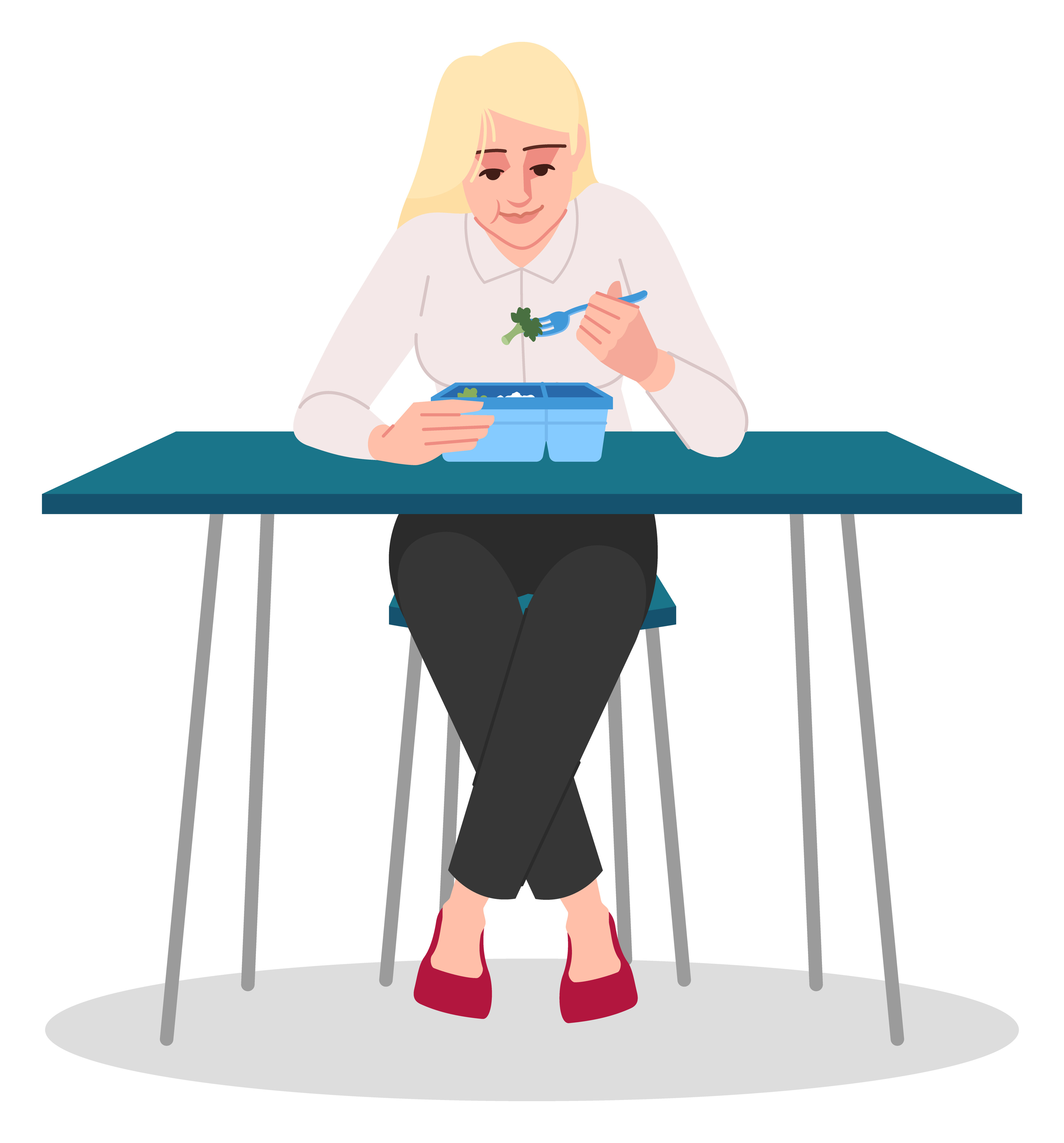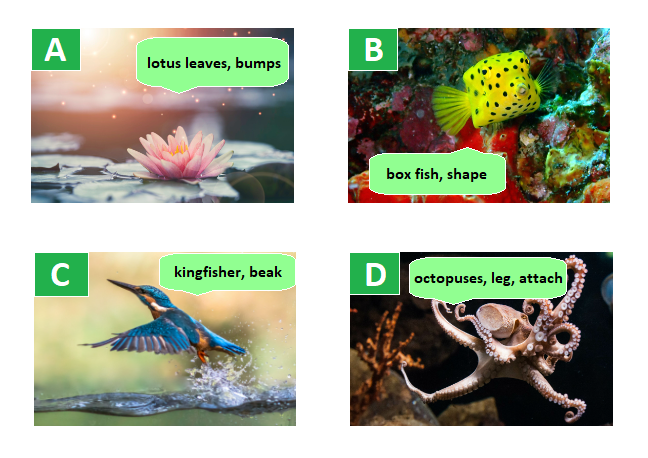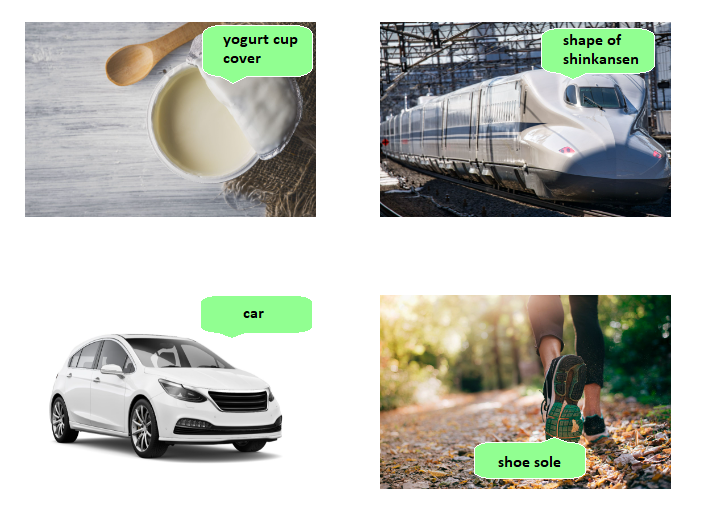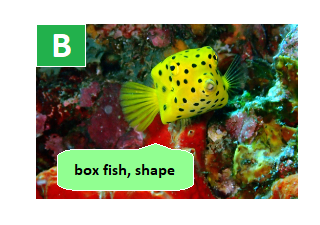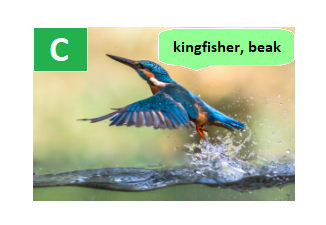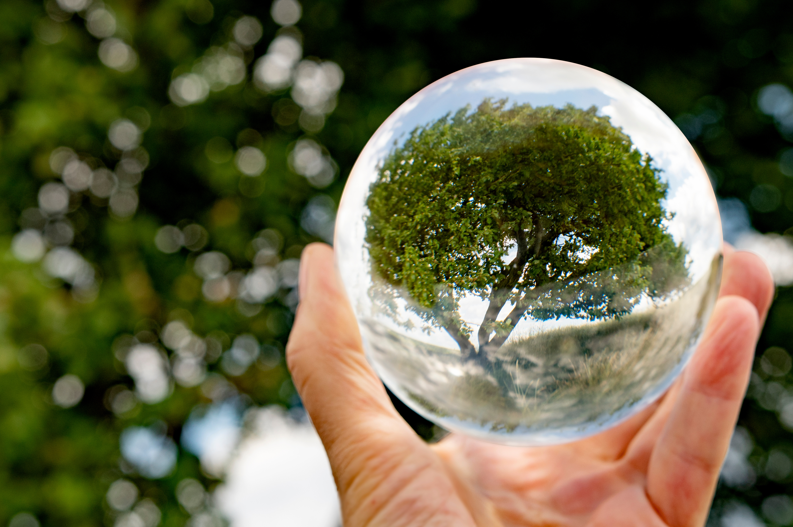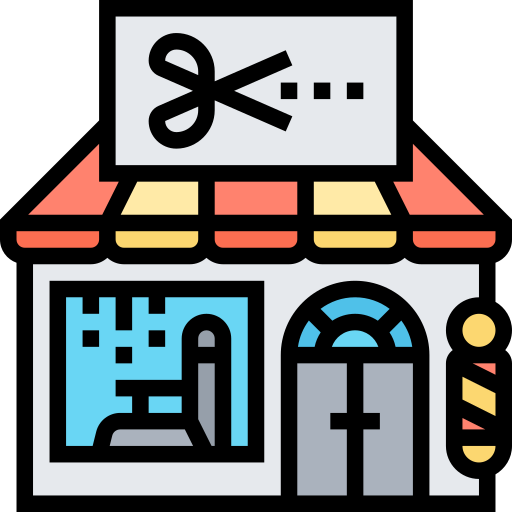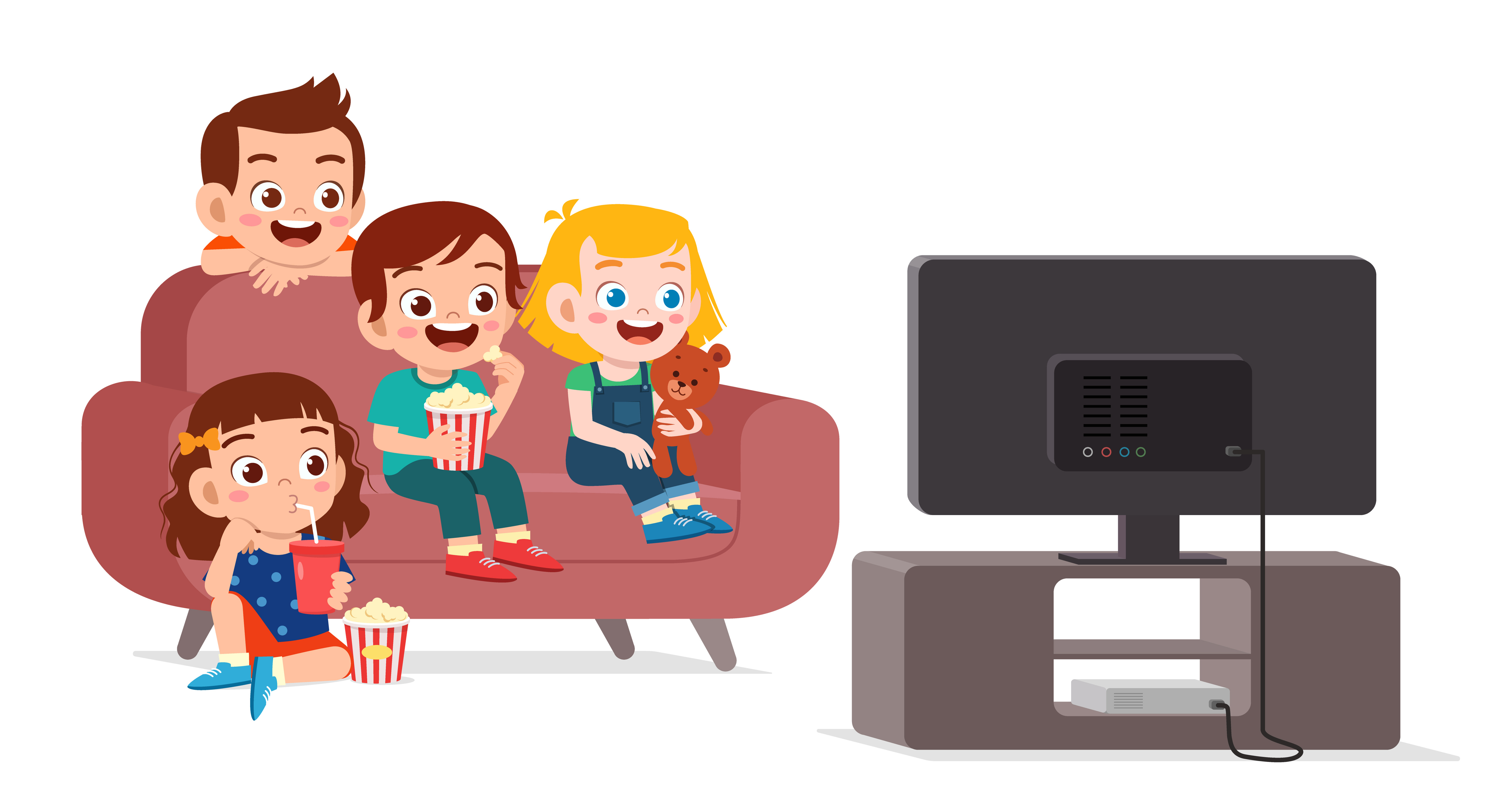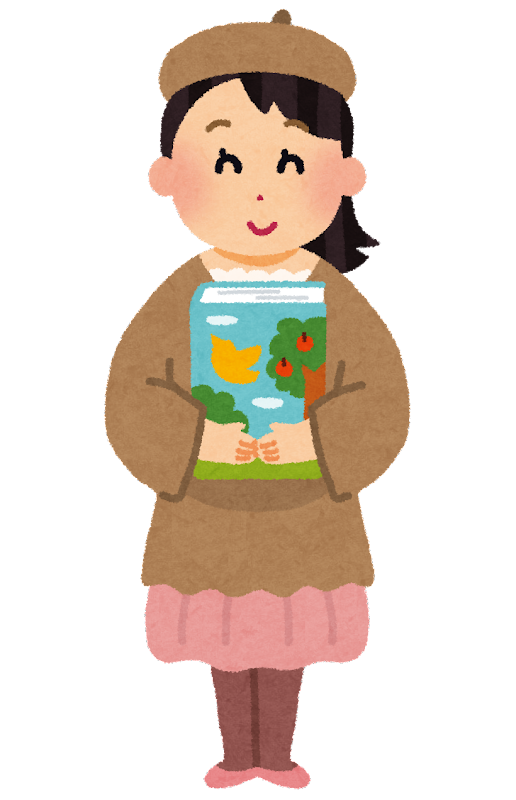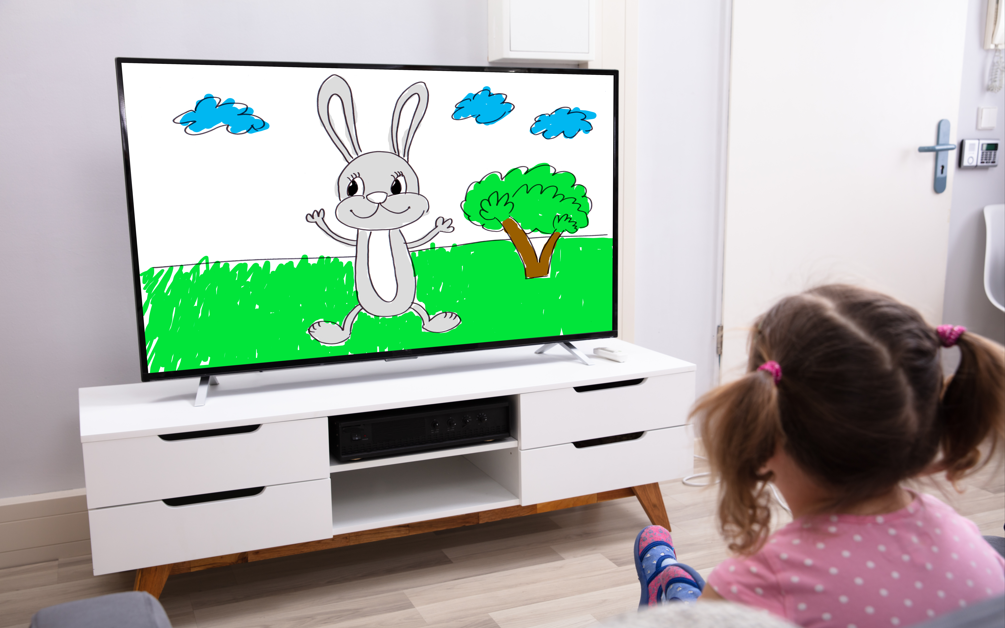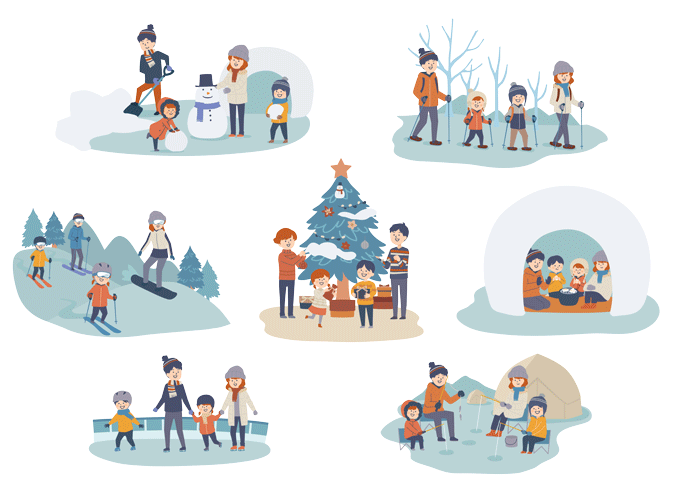
| originally |
最初は、もともとは
|
| feature |
特徴、特性
|
| simplicity |
飾り気のないこと、簡素、単純さ
|
| concept |
概念、観念
|
| reflect |
反映する、映す
|
The Japanese language’s unique sensibility is also a feature of Japanese culture. For example, “wabi-sabi” is frequently introduced as a beautiful Japanese term. It means the beauty of simplicity, but it is a very abstract concept that is difficult to explain in concrete terms.
With its four seasons, Japan has many other words for seasons and weather. Rain, in particular, has over 400 different terms. This reflects a common feeling in Japan, where it rains a lot.
In this way, we can learn a lot about a country’s culture from its language.
| 1. | According to the passage, why is Japanese difficult to learn? |
| Answer: | |
| 2. | What is an example of a very abstract concept that is difficult to explain in concrete terms? |
| Answer: | |
| 3. | How many various terms does the word “rain” have in Japanese? |
| Answer: |
| originally | |
| feature | |
| reflect |
|
Expression:
|
I believe… |
|
Sample Question:
|
What is one way to learn Japanese? |
|
Sample Answer:
|
I believe that finding a Japanese tutor is one way you can learn to communicate in everyday situations. By having daily conversations regularly, you can learn useful phrases or words that are often used in conversations. |
| Expression: | I believe… |
| Question: | What is important when learning a foreign language? Explain in relation to culture. |
| Answer: |
I will check if your sentences are complete and if the grammar is correct.
| 1. | It is said that losing a language also means losing the culture of the people who speak it. How would you feel if the Japanese language and your unique culture were lost? |
| Answer: | |
| 2. | What do you think are the benefits of learning other languages? |
| Answer: |







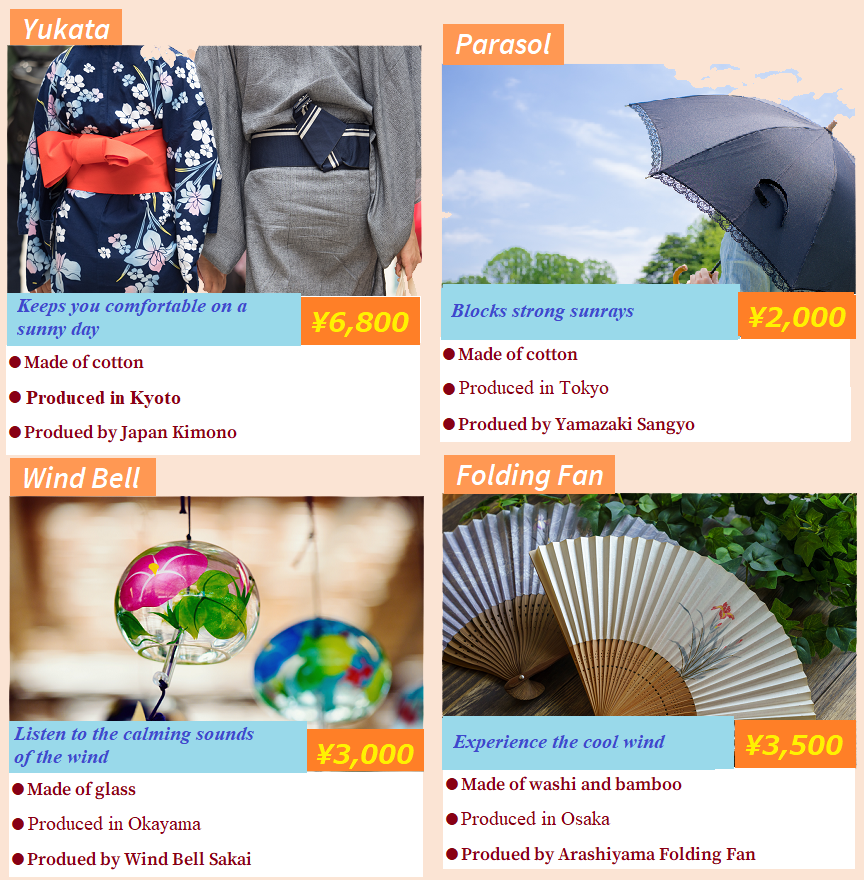
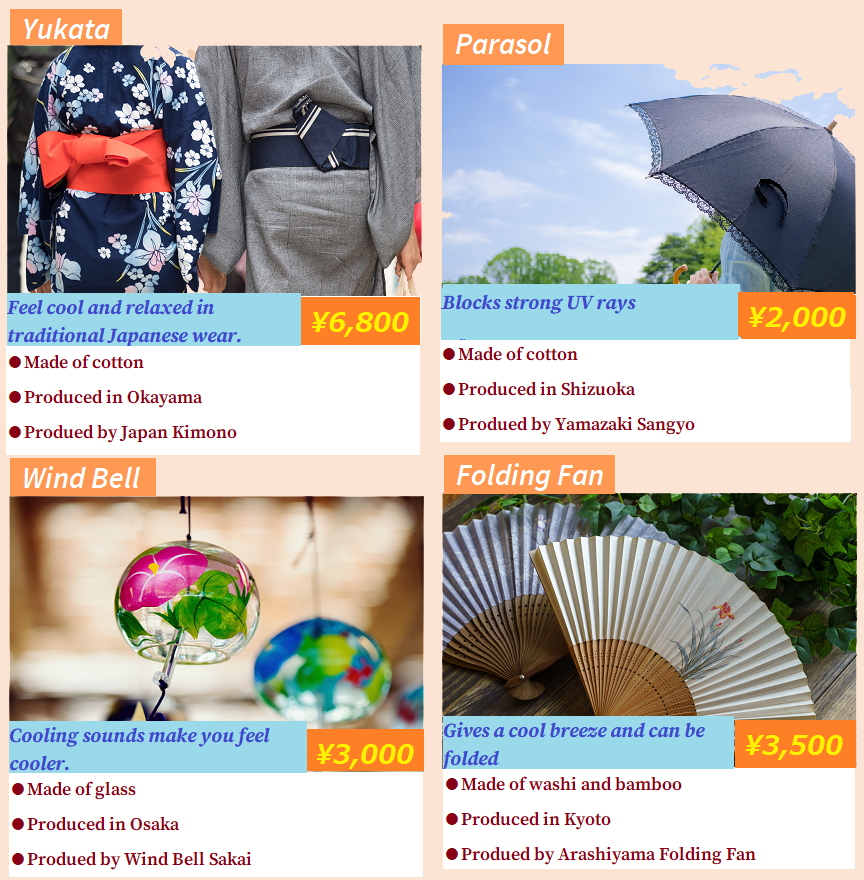
 GOOD
GOOD 



